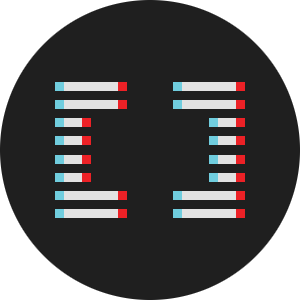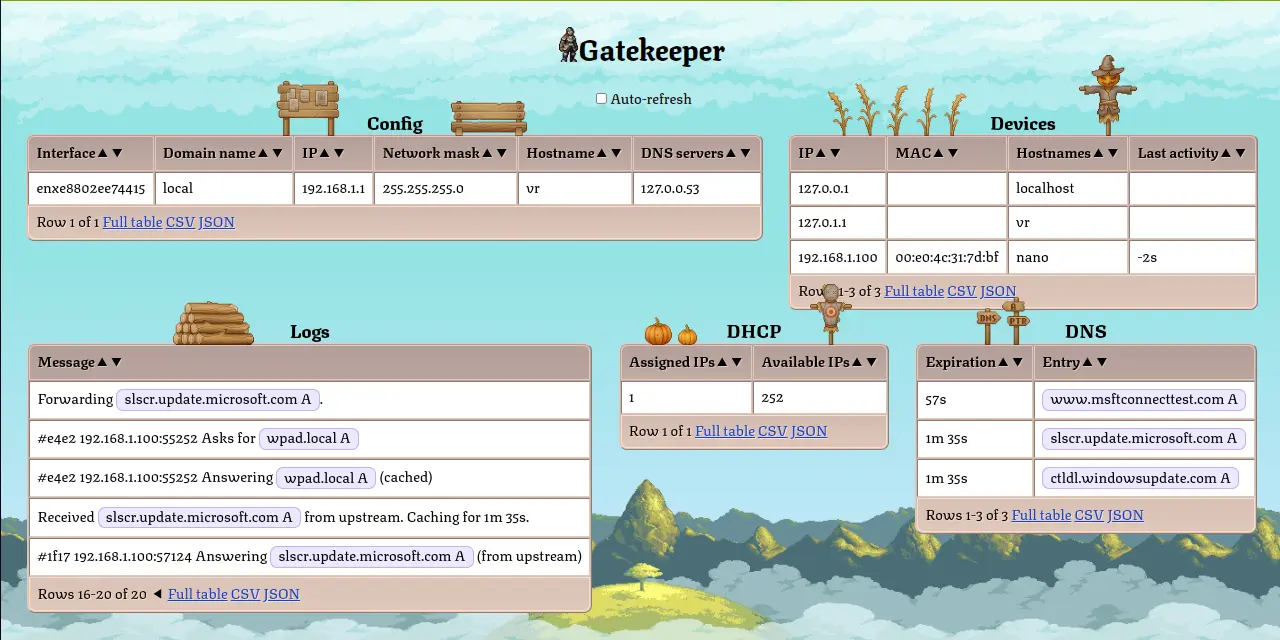

Unfortunately not. Somebody also asked me about finding the best fighters elsewhere. Like you say, it would be cool to be able to search for any trait combination. I think that would be more general and also easier to understand. Also requesting specific pals or using some custom scoring functions would be nice.
I’m still thinking how to do this. Maybe the user could write a snippet of JavaScript and the C++ side could call it to score the Pals… It would be pretty flexible but also rather difficult to use… I’m traveling so I can only theorize now. If you have any ideas, let me know. I’ll probably have some time to code tomorrow.











You can try the “Advanced Search” below the predefined search presets now. It requires some understanding of JavaScript but should be fairly flexible. Unfortunately I didn’t figure out any JavaScript-free interface :/